The ultraviolet radiometer uses 0.01 seconds/time ultra-high-speed data acquisition, which is more accurate for UVA/UVB/UVC/UVV band detection. It is equipped with four independent probes and supports 2 AAA dry batteries. The UV light intensity meter is equipped with PC software for easy export and printing of test reports.
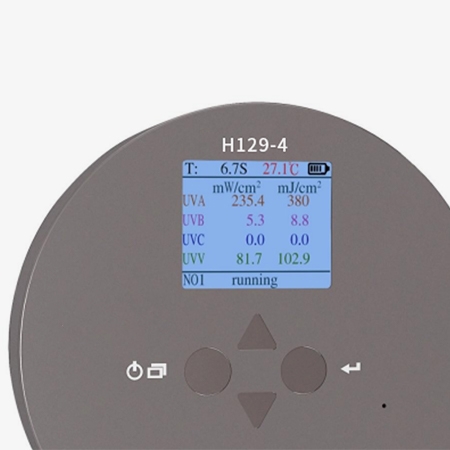
Test four bands simultaneously, more accurate measurement
- Four-channel UV energy meter, UVA/UVB/UVC/UVV four bands can be tested simultaneously.
- High-speed acquisition, more accurate measurement. The ultraviolet meter can withstand high temperature of 100°C for a long time and can measure high-power light sources.
- Energy + power + temperature are measured simultaneously, and the light intensity of the four bands of the light source is accurately recorded.
- Through the power curve of the four bands, the ultraviolet light meter can analyze the light intensity distribution and light source attenuation.
- The UV light measurement device’s units can be switched independently to meet the various needs of different customers.
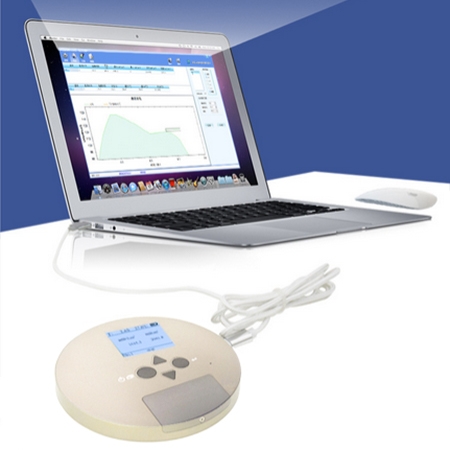
Computer software prints test reports, clear LCD screen
- The UV light intensity meter can export test data and print test reports through computer software.
- The UV light measurement device is usually applied for platemaking machines, UV curing machines, gallium lamps, UV germicidal lamps, etc.
- Equipped with a USB data transmission interface, the high-definition LCD screen of the UV light tester is more convenient to read.
- Independently designed detectors, UV light measurement data do not interfere with each other.
UV Light Radiometer Size
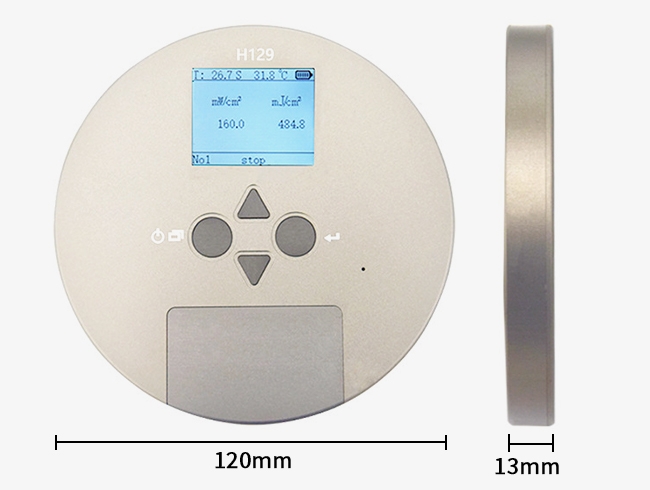
Application
UV light meters can be used in different UV detection applications in life, such as in the printing industry, household disinfection and sterilization, the medical field, atmospheric UV radiation level detection, etc.

Home Disinfection
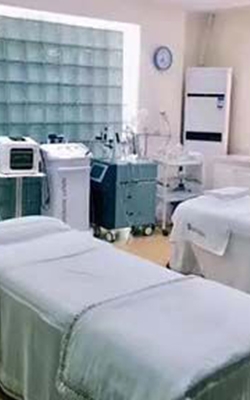
Medical Device

PV Testing
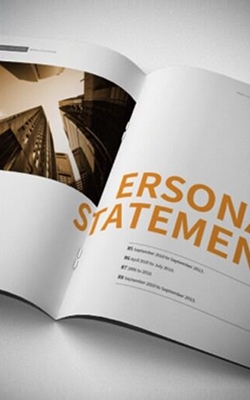
Printer
| Model | SISCO-UVM-H129-4 |
| Power Resolution | 0.1mW/cm² |
| Accuracy | ±5% |
| Storage Interval | 0.1s/time for power, 0.1s/time for temperature |
| Data Storage Duration | 5 sets of data, 15 minutes |
| Measurement Mode | Automatic/Manual |
| Data Transfer | Yes |
| Analysis Software | Yes |
| Sampling Speed | 0.01s/time |
| Display | Color LCD |
| Power Supply | 2 alkaline dry cell batteries |
| Size | Diameter: 120mm x Height: 13mm |
| Measuring Range | 0.1-20,000uW/cm², 0-999,999uJ/cm² (Low Power Version Available) |
| 0.1-20,000mW/cm², 0-999,999mJ/cm² (High Power Version Available) | |
| Operating Temperature | Wide temperature range –55°C to 125°C, high accuracy maintained throughout the entire temperature range |
| -55°C to -10°C: ±1°C | |
| -10°C to 85°C: ±0.5°C | |
| 85°C to 125°C: ±1°C | |
| Units | mw/cm²; mj/cm² (Low power version switches units) |
| w/cm²; j/cm²; w/m²; j/m² (High power version switches units) |
Q1: What is a UV energy meter?
A1: A UV energy meter is a high-precision instrument specifically designed to measure the energy of ultraviolet radiation. It receives ultraviolet radiation through a specific detector and converts it into electrical signals for processing, thereby calculating the energy value of ultraviolet radiation.
Q2: What is the working principle of a UV energy meter?
A2: Based on the photoelectric effect and the fluorescent reaction of ultraviolet rays to certain specific materials (such as fluorescent agents). When ultraviolet rays are irradiated on the detector, the material inside the detector absorbs ultraviolet energy and emits visible light (fluorescence). The UV energy meter receives these fluorescent radiations through a built-in detector or directly detects the changes in electrical signals caused by ultraviolet radiation, and then measures and calculates the strength of ultraviolet energy.
Q3: What are UV energy meters used for?
A3: The printing industry used to monitor the energy output during UV curing to ensure the quality of printed products. The medical industry uses energy monitoring of ultraviolet disinfection equipment to ensure disinfection effectiveness. The photovoltaic industry, used for ultraviolet energy monitoring during the production of solar panels. Laboratory research, used for ultraviolet energy measurement and research in optics, chemistry, and other fields.
Tips: How to calibrate the UV light meter?
Place the UV light meter and the reference meter at an equal distance from the UV light source, ideally on a stable platform or stand. Ensure no other light sources or reflective surfaces interfere with the setup. Use the reference UV meter to measure the irradiance (µW/cm² or mW/cm²). Record the value for comparison. Measure with your UV meter and record the reading. If your meter displays a different value than the reference, you’ll need to calibrate: manual calibration and software calibration.
Thank you for buying industrial test and measurement equipment on SISCO.com, all products sold by SISCO and the partner cover a 12 months warranty, effective from the date of receiving the products.
What is covered?
SISCO is responsible for providing free spare parts, and free technical support to assist the customer to repair the defective products until the problem is solved.
What is not covered?
- Product purchased from anyone other than a SISCO store or a SISCO authorized reseller.
- Expendable parts.
- Routine cleaning or normal cosmetic and mechanical wear.
- Damage from misuse, abuse or neglect.
- Damage from use of parts other than SISCO approved.
- Damage from use outside the product’s usage or storage parameters.
- Damage from use of parts not sold by SISCO.
- Damage from modification or incorporation into other products.
- Damage from repair or replacement of warranted parts by a service provider other than a SISCO authorized service provider.
- Damage caused by the application environment not meeting the product usage requirements and the failure to perform preventive maintenance.

